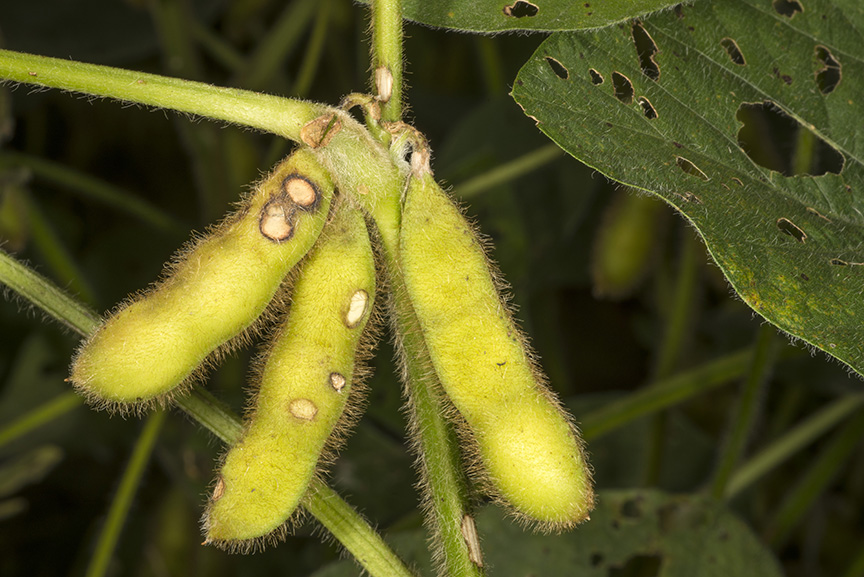
Combines are rolling and wagons of grain are heading for dryers and storage. Already, questions have been received about soybean seed observed to be shrunken and/or discolored.


Combines are rolling and wagons of grain are heading for dryers and storage. Already, questions have been received about soybean seed observed to be shrunken and/or discolored.
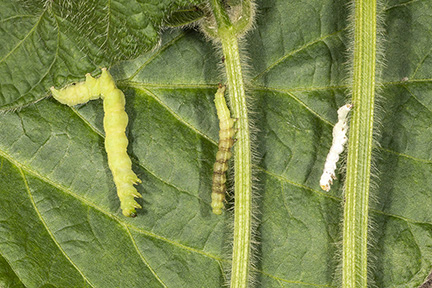
Green cloverworm is considered an occasional defoliating pest of soybean, typically later in the growing season.
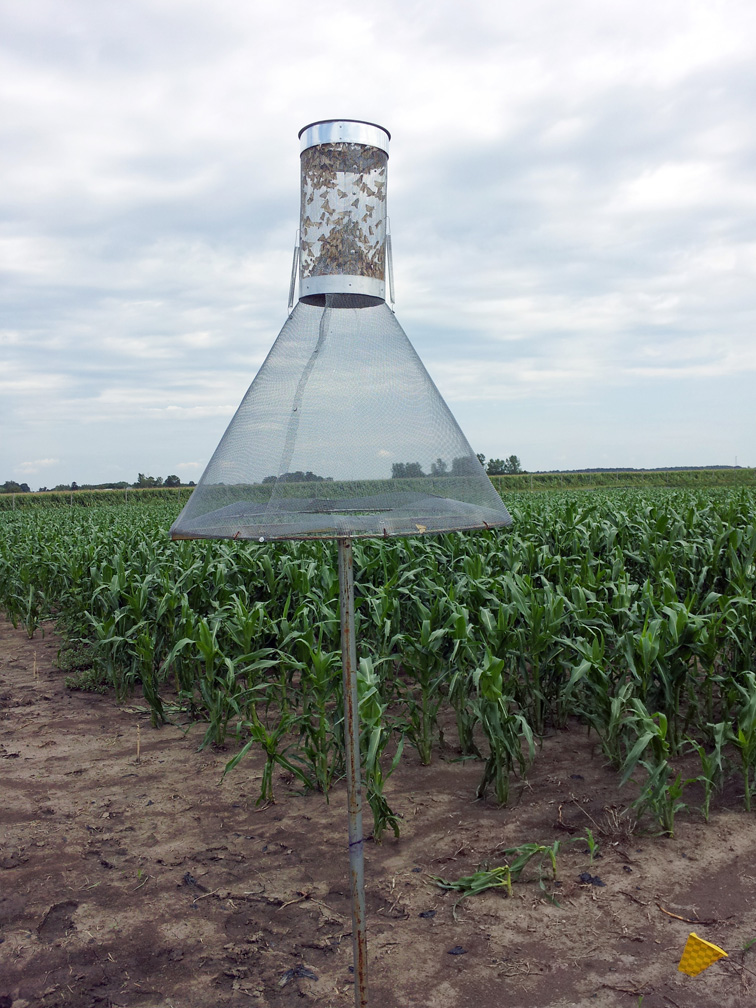
Corn earworm moth numbers have been relatively low this season until recently, as numbers have exploded in pheromone traps.
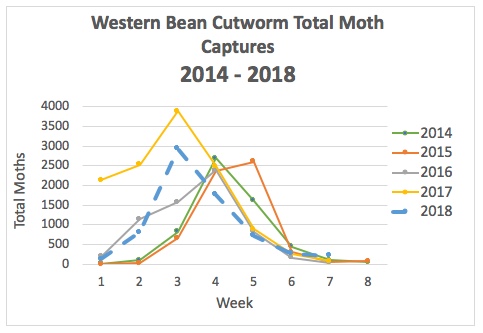
For reasons that are unclear – but likely related to two seasons of increased monitoring and spraying – the western bean cutworm damage is far lower than the past two seasons.
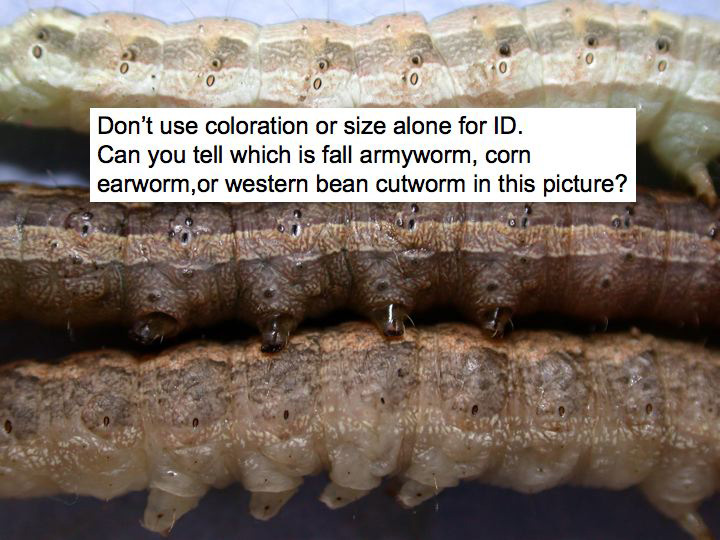
Several caterpillars in the ear can be very similar in appearance and habits, so identification to species of some of the worms in ears can be tricky. Note that, in general, you cannot use overall body color or damage for identification.
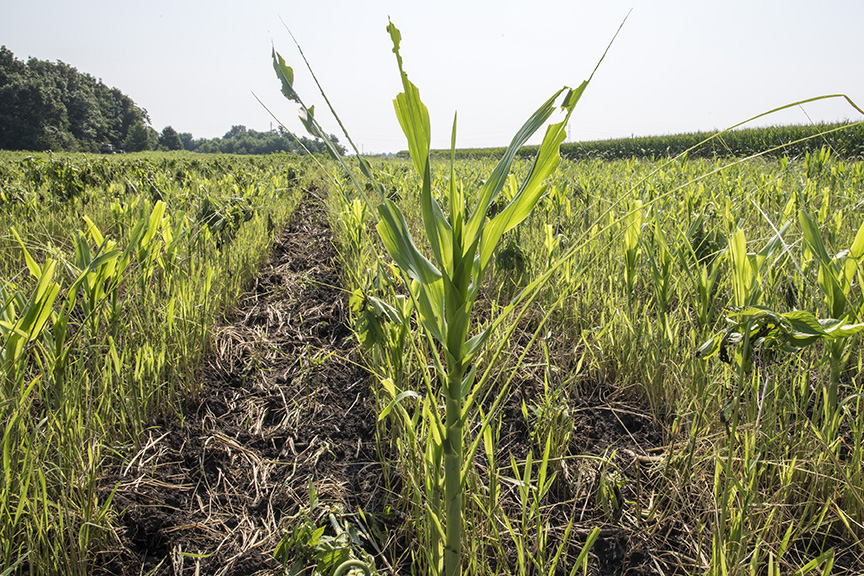
In mid-June, we wrote in the Pest&Crop about the second surge of armyworm moths and suggested that dense, lush grasses (e.g., pasture) could be at risk.
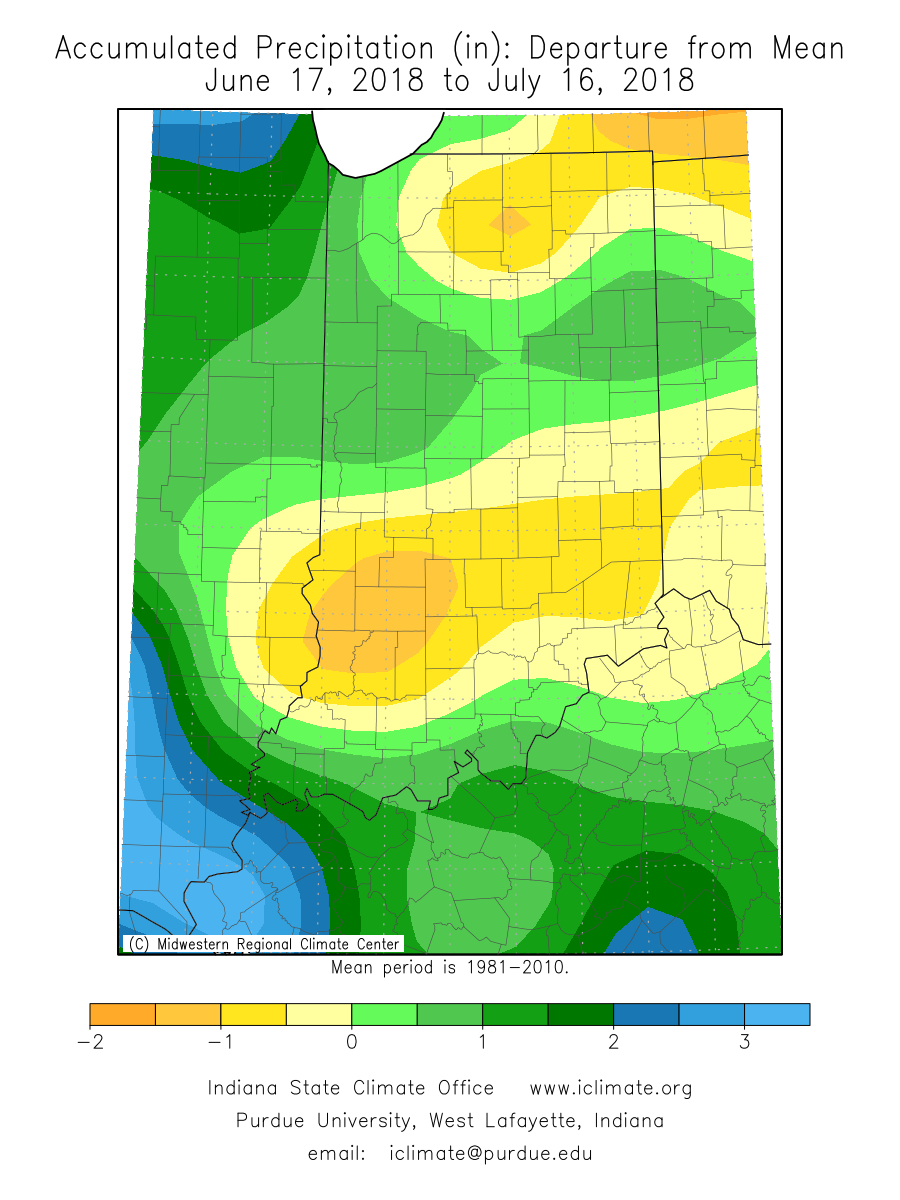
As some areas of Indiana are dry getting drier, there is more concern about the possibility about spider mites being a culprit for yellowing foliage.
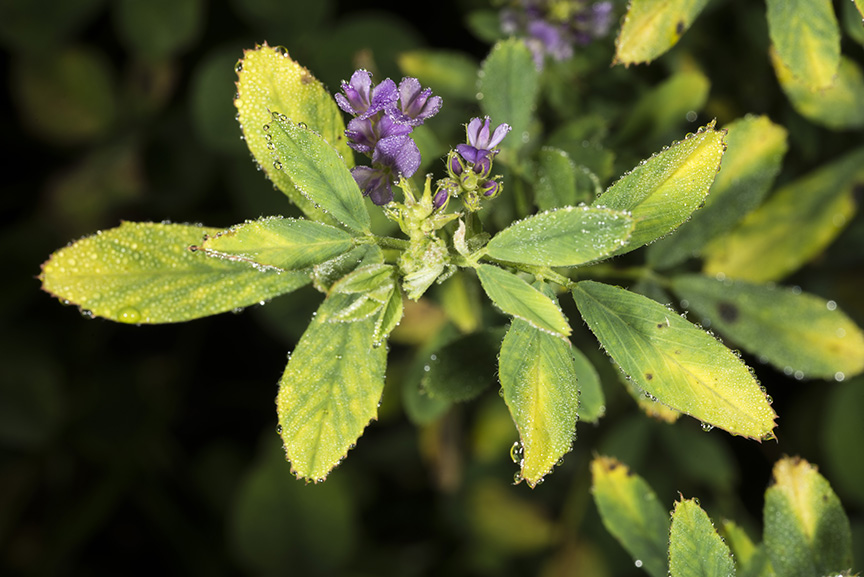
Populations of potato leafhopper continue to plague alfalfa fields throughout the state. Undoubtedly, the extended warm temperatures have contributed to this population explosion.
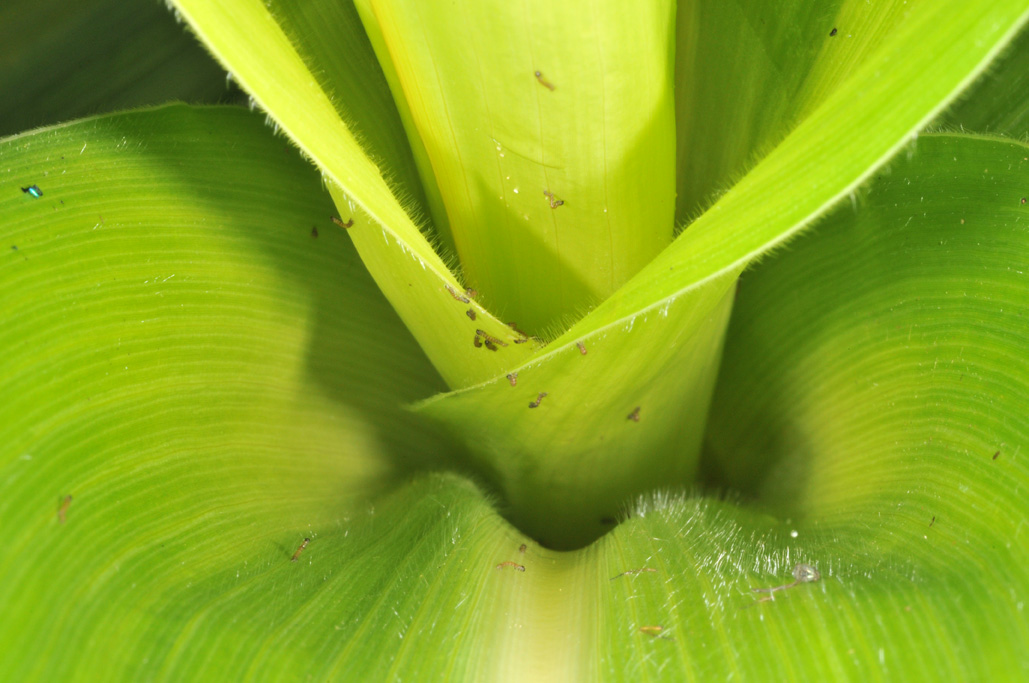
The western bean cutworm (WBC) trapping season continues, and after a slow start, moth flights have surged in many northern Indiana county traps this past week.
Most of our pheromone trappers got their report in during this Independence Day holiday, see “Western Bean Cutworm Pheromone Trap Report.”
© 2025 Purdue University | An equal access/equal opportunity university | Copyright Complaints | Maintained by Pest&Crop newsletter
If you have trouble accessing this page because of a disability, please contact Pest&Crop newsletter at luck@purdue.edu.